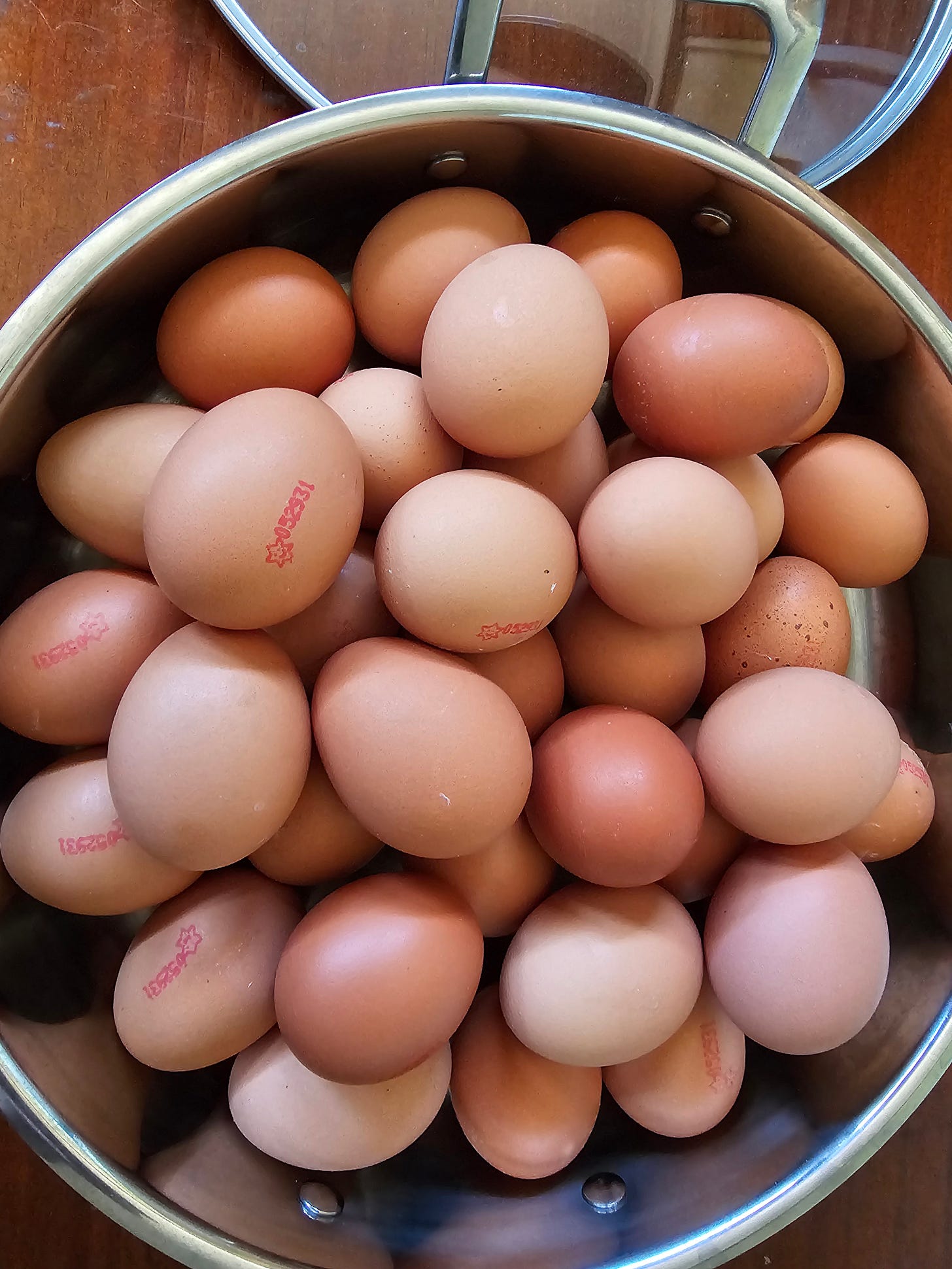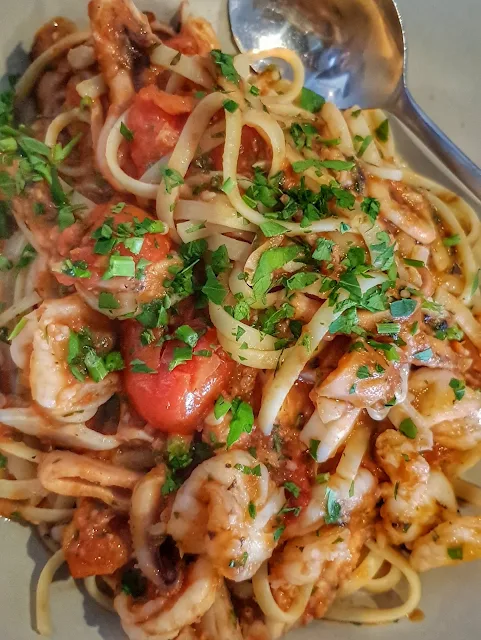Street food, with whatever label you call it, is the core of cultural dynamics you encounter in any society. They are what is daily eaten and drunk by the populace, mostly without any pretension or hype, tending to true sentiments of a lifestyle not tainted by high margins, expensive rents and temporary fads.
Inflation has spiked - and street food preparation, labour supply, venue rentals and pricing have all been shaken to the core. Even the record, of rather stabilised prices of hawker food in the sanitised food courts of the Republic of Singapore, has been affected. Access to ethnically diverse food in major cities of Australia and New Zealand have put us pause in our tracks with smaller sized servings and price hikes averaging 25 per cent.
Culinary history follows the path of socio-economic evolution in the community. Increased mobility, facilitated by better technology and higher standards of living, encourages experimentation, cross cultural influences and changing demands from the dining consumer.
No one society increasingly can claim to be the
exclusive owner of a specific dish.
Even the setting for us to partake street food has been changing.
Smashed is the stereotype of eating street food with us exposed to the elements, risking a dodgy level of hygiene and soaking in an exotic atmosphere. Most of us do not have to go through the Khao San Road Bangkok vibes or sit on those ridiculous low rise stools in Saigon.
We can eat our street food in air conditioned comfort in Shanghai, London or Vancouver.
Still there can be nothing like trying hawker food in the perceived chaos beside a busy street in Havana, Kinhasa or Napoli. We keep our wits sharp and senses stimulated downing our coffee, watching out for much talked about bag snatchers and making sure we have not been ripped off looking as obvious tourists.
There is nothing like having ramen seated along a rather narrow counter with salarymen, punk haired youngsters and elderly pensioners in Tokyo. Many recommended street food outlets are literally off the street, most likely locating their exact spot only after successfully navigating the rabbit warren of lanes and cubicles.
Street food is more freshly prepared, massages our nostrils better and does taste better when we sit not far from the cook. The roti, teh tarik and curry has more flavour when we see them created right in front of us. Whether it is in Marrakesh, Delhi or Kuala Lumpur, the syncophany* of the street level can be incomparable.
On an expensive cruise ship buffet, private tour or self managed adventurous track, the basic principles of choosing and consuming street food can be simple. Avoid raw food or cooked ones which has been sitting out exposed to sunlight, pollution and dodgy handling. What can be handled by local stomachs does not mean they also suit us. Try to take small portions for variety. The ingredients used in Melbourne can be much better than those utilised in other cities.
Authentic street food is not naturally accompanied by wine, no matter what Michelin and Tatler may pronounce. The best modus operandi when in a produce market or local eatery is to first observe, apply choices seen to your gut inkling and speak to any friendly diners.
Partaking of street food is basically one of snacking. Several times we realise there is no place to sit down, takeaway packaging is flimsy and we have to use our hands to best relish such food. When touring, we may not have the numbers, financial or diners, to order every thing we want. Pocket tissues are handy, especially popular in east and south east Asia.
There are distinctive, delightful and unique street food servings in every nation. East Canadian Poutine, Portuguese preserved cod, dried camel meat, indigenious Australian bush tomatoes or South African Biltong come to mind - life is to be lived fully, try everything untasted of yet before at least once.
Authentic street food around the world usually requires payment in cash - this implies crumpled notes and a heavy load of coins. No tipping is obviously called for in such places. You have no chance to tap your smart phone or plastic credit card - and you do not want to anyway.
One who goes for street food anywhere also enters a world unseen from a hotel restaurant, allows you to better understand the people and it opens doors to other perspectives.
Language can be yet a challenging but delightful interim barrier, but hey, most societies do use English, perhaps not in selected communities and even migrant enclaves in Western cities. Some street food stall holders can cling on to conservative attitudes of not wanting them or their food to be photographed.
Street food reproduced by migrants in their settled countries can taste different from their nations of origin. Usually they cost more than the same dishes in their hometowns. Street food can however remain precious to immigrants, part of the pyschological comfort required when they find themselves far removed from family and the hometown.
Street food reproduced at airports do cost more and taste less. Several Asian airlines include their iconic street food dishes as part of the on board menu.
For me, one of the most memorable experiences of street food was discovering Teochew styled roast goose at a popular one-person stall in the thick and thin of the morning markets at Shantou on the southern coast of Guangdong Province. The cooked meat hung seductively, language used was Mandarin for which I am not well versed with and the serving area kept rather clean. Using hand signals and eye contact, the seller and I developed an optimal exchange. The latter had a good demeanour, even if he was real busy and I enjoyed a social exchange away from the plasticised environment of street food outlets elsewhere. Every bite of the yummy roast goose was savoured with gratefulness.
#yongkevthoughts
















































